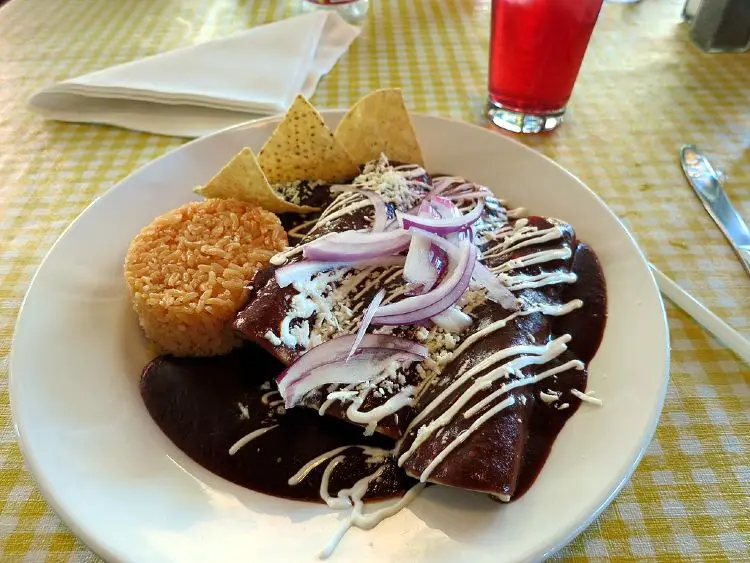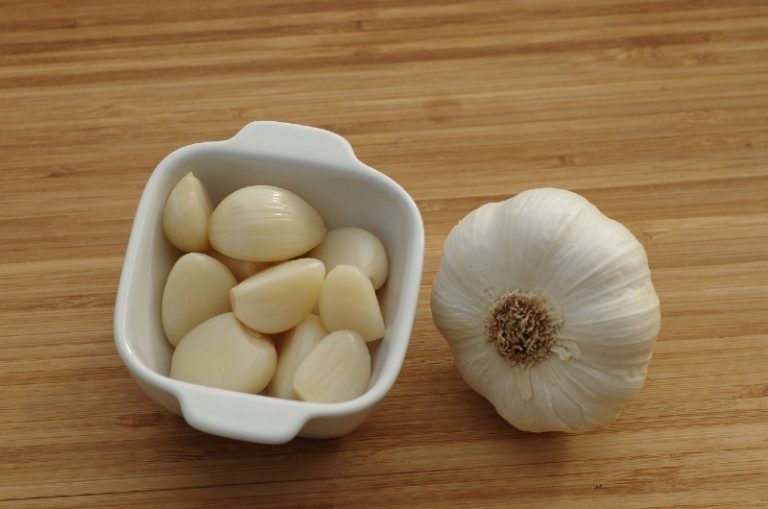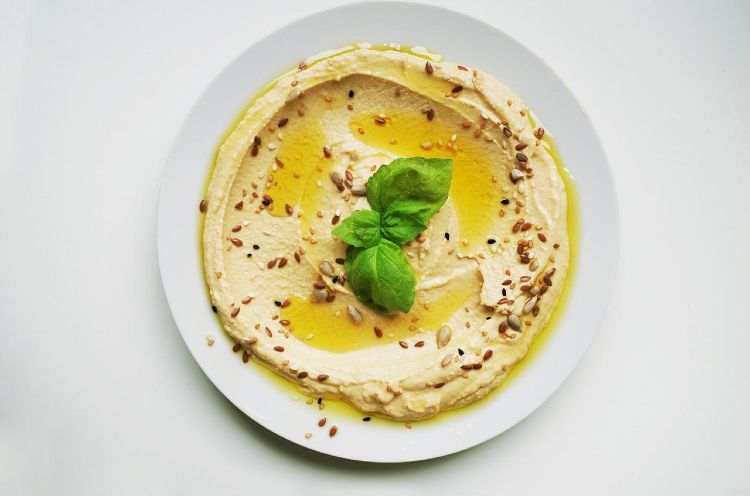Top Ten Tips on Sampling, Branding, Packaging and Social Media
Assuming that, as an artisanal food and drink producer, you have made a product that tastes better and is healthier than what is already available on the market. Richard Reed, the co-founder of Innocent Drinks, says “What itch are you scratching for your customer? What problem are you solving for them?” Here are my top ten tips for what you should be thinking about in terms of sampling, branding, packaging and social media, in order to get customers to choose your product, take it off the shop shelf and walk with it all the way to the till.
1. Sample: Give Your Products Away
It’s a risk for shoppers to divert from their habitual choices to try a new thing. They will think: “What if I don’t like it? If I don’t, I’ve wasted my money…” Most people hesitate before they buy something for the very first time.
Sampling lets shoppers try you out for free, they get an interaction with a real–life person, not just an inert pack on a shelf, and they have the chance to get to know you and your product better. Many independent shops will let you give away samples, because it’s “theatre” for you and for them, so just ask.
During recent in-aisle research for Peters Yard in the John Lewis food hall, I asked shoppers to taste their mini-crispbreads whilst they discussed the packaging and the pricing with me. They were impressed by the taste, and some went on to buy on the spot.
Sampling is something you should continue to do when your brand is establishing itself. In places like Whole Foods Market, sampling regularly keeps your sales growing, because it creates a buzz around your new, unknown product. If you don’t sample, the likelihood is your sales will drop.
Remember that even when your product is established, there will always be new people who haven’t yet tried it.
You can do guerrilla sampling – in the street, at stations, in crowded places, at festivals. But take note that Paternoster Square near St Paul’s Cathedral is private land, with guards who are fierce.
2. Word of Mouth
Word of mouth is marketing you don’t pay for. It’s the (invisible to you) highly valuable recommendations of one friend to another about your product. If your product is as good as you can possibly make it from the off, if people go “Mmmm!” when they taste it, then you’ve a good chance of generating spontaneous word of mouth. If your product is ordinary, or very much like someone else’s, it won’t. I see many products at food fairs that the producers believe are genuinely different. Actually, they are not.
3. Make Your Packaging Stand Out
MOMA! Foods is a business that makes bircher muesli. Their packaging is very bright indeed. It compels attention in the aisle; it makes people stop and look at it. It was a deliberate decision by Pearlfisher, their design agency, to give them impact as a challenger brand. And it works well in the yoghurt aisle and on the MOMA! stalls at London train stations.
Bircher muesli is a relatively new concept in the UK. Not everyone understands it. So I have suggested that MOMA! make it clearer on the pack what their product is, so that, at a glance, potential customers can see what it is. If you are developing packaging, always test it with people who don’t know you and don’t know what you do, to check that the pack communication is as clear as it can be.
Peppersmith, makers of gum, include paper in their gum packets so you can dispose of it neatly. It’s a thoughtful, responsible gesture, and their packaging is charming and eye-catching.
4. Use Your Packaging to Communicate How You Are Different
Tell people how you are different and don’t stop telling them. If you can’t define your difference clearly and reinforce it in all your communications with potential customers, then the shopper probably won’t notice it. Remember you are obsessed with and very close to your product, but to a potential customer, you are just something on a shelf. In their early days, the founders of Innocent drinks were obsessed about telling people that their product was not made from concentrate. At the time this was a complicated story to communicate, but Innocent persisted, because it is genuinely the reason why Innocent’s products taste so much better than their competitors. Now, ten years on, some consumers understand the difference. They would not have done so if Innocent had not repeated the message.
5. Use Your Packaging to Tell People About The Other Things You Make
Every piece of packaging you produce can make reference to the other variants in your range. Remember that you may be making five types of juices, but retailers may only be stocking two, so if you tell consumers that there are others on the bottles, then they are primed to look for them in other stores which take more of your range.
6. Don’t Be Afraid To Make Some Noise About Yourself
If you are a shy and retiring artisanal food producer, then making a noise about yourself will be genuinely harder for you than if you are naturally ebullient. So you need to find the way to do this that works with your own personal style. Young food producers like Firefly Tonics and Stewed! team-up together to tweet that at certain tube or train stations, free lunches will be provided to those keeping their eyes open for the producers. These destinations change every day, adding an element of treasure hunt to their social media communications. And who doesn’t like a free lunch?
There are many ways to do this creatively. Lily’s Kitchen dog food opened a pop-up dog’s cafe in Pimlico with tables especially adapted for dog bowls containing the product, which generated a great deal of press.
7. Use Social Media to Be Passionate and Interesting about what you do
Twitter and Facebook are two fantastic, low-cost, easy ways to post-as-you-go and to give people an insight into you, your values and your product. Vicky Grantsmith of Jamsmith, an artisan jam producer in the Yorkshire Dales, tweets photos of her foraging trips, the changing Dales weather and the process of her jam being made. These pictures give followers a real sense of her and her values, and help build trust in her as a good producer. For an internet based business, with no PR or marketing budget, this sort of interaction with the public is invaluable.
Show who you are and the person behind the brand. Find your own voice. Do not ape other people’s styles. Anyone following Amelia Rope, the artisan chocolate maker on Twitter, will very quickly get a sense of the ups and downs, the trials and tribulations of a start-up chocolatier’s business. Amelia’s voice is very vivid and very likeable.
8. Engage your Advocates to be Part of your Business
You can research new products on Facebook, you can involve people in packaging choices and ingredients and get their thoughts, ask them to send you details of local independent shops where you could be listed, get them to write to Waitrose asking for you to be listed, suggest that they review you on Ocado. Jim Cregan of Jimmy’s Iced Coffee, a new start-up, uses all of these approaches, and has an army of supporters who are involved in helping him succeed.
9. Say Thank You
There is no end to how people will help you, if you ask them nicely and say thank- you every time. Always, always respond when people get in touch with you. They’ve taken the time to show interest in you, so the very least you can do is reply. Innocent employ people whose entire job is to do this, and they have always made it a top priority. That might be why they have 234,414 people who like them on Facebook and 51,899 people following them on Twitter.
10. Enjoy and Exploit Your Uniqueness
With artisan food and drink brands, the founder is so close to the business that they very often are the personality of the business. Never think you have to be corporate, or do things a certain way. Let people see who you are and what your values are in an open and honest way. People buy stories. The story is you and why you are doing what you are doing. Go on – tell it!
Further information
Tessa Stuart’s Blog: www.packed-blog.co.uk
Follow Tessa on Twitter: @Tessa_Stuart.


